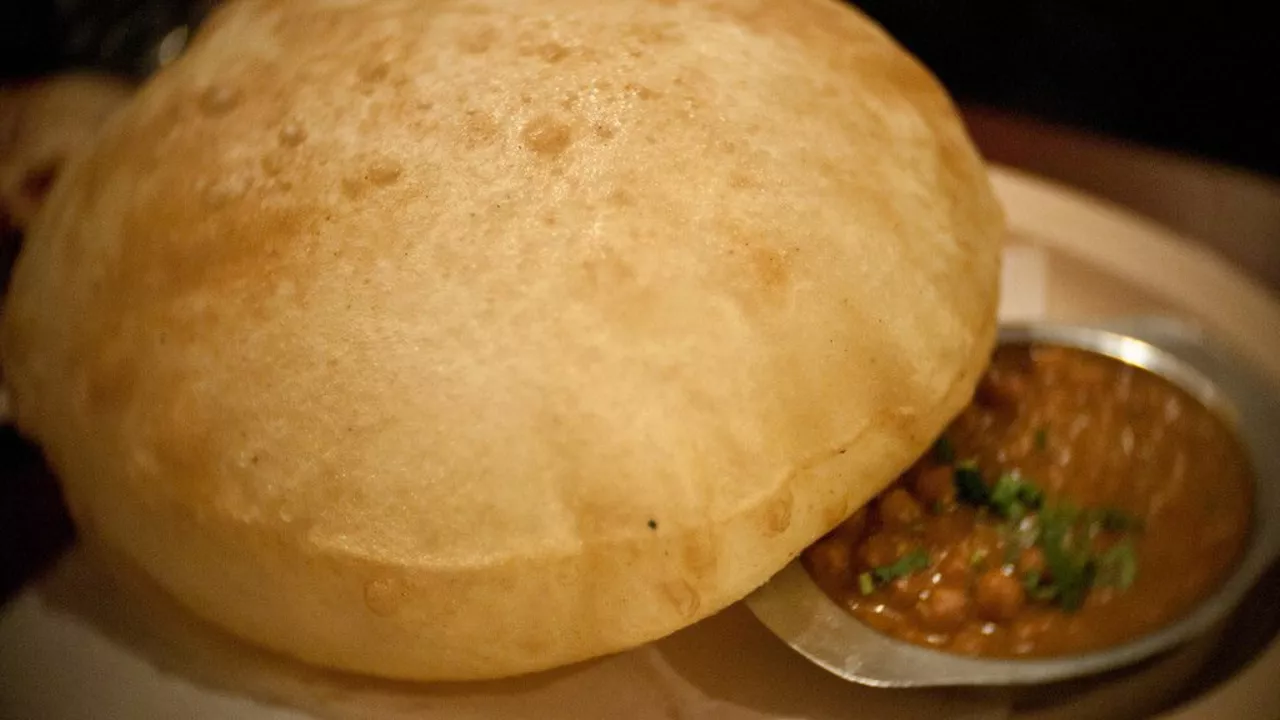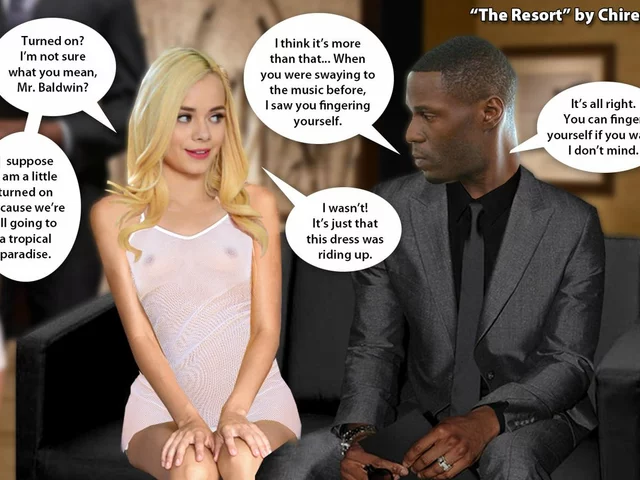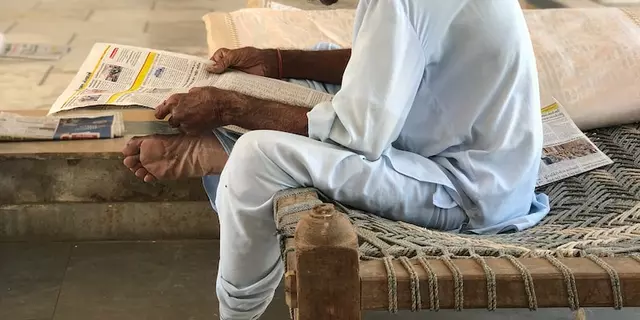Decoding the Art of Roti Making
If you've ever tried your hand at making one of India's staple breads, called a roti, you probably relate to the same age-old question - why doesn't my roti puff up? Instead of those soft and fluffy pockets of bread that you find at good Indian restaurants, the creatures that emerge from your skillet are flatter than the pitch at the Wankhede Stadium during the final match of the Indian Premier League. They just stare back at you, so flat, so un-puffed, even more lifeless than the shirt you wore to high school prom because you forgot to iron it. But fret no more, my dear under-puffed-roti-suffering friends. As an Indian man who has been through the same struggle as you, I'm here to give you every bit of roti wisdom I have. But remember, with great wisdom comes great responsibility, so wield these roti-making secrets wisely and respectfully.
Grasping the Basics: The Right Flour and Water
A perfect roti is like a Bollywood movie. It has a simple storyline, yet it enthralls millions. Just like our beloved Indian cinema, roti only involves two main ingredients: water and flour. However, like the intricate dance sequences in Hindi films, these two elements need to have the perfect rhythm and balance. The classic Indian roti is made with whole wheat flour, known as 'atta', and it plays SRK to the water's Kajol. The two belong together. Now, this doesn't mean you can just throw some flour and water together and hope for the best. Oh no, my friend. It's not a game of 'pin-the-tail-on-the-donkey', but a delicate dance. Get the ratio wrong, and you'll end up with a mixture that's either too dry, making it crumble faster than my confidence at a salsa class, or too wet, rendering your dough as slimy as the villain in a 70s Bollywood flick. You want to aim for hydrated, tender dough that holds together without being sticky.
Intricacies of Dough Kneading: Technique Matters
So, we've got our SRK and Kajol... I mean, flour and water...alright, but our roti story is far from complete. The kneading of your dough is just as crucial to the plot, and trust me, it's not just about giving it a rough massage like an angry physiotherapist after a bad workday. Kneading the dough helps to develop the gluten in the flour. This gluten happens to be the band manager for the concert of proteins that make your bread rise. Think of it as gathering all the right people for a stellar band performance. However, over-kneading the dough might lead you to create a rock concert inside instead of gentle soulful melody you were aiming for. This could result in tough, dense rotis that won't puff up. Balance is the key here, and once you get it right, the dough will be as soft and fluffy as the puppy next door who never grows up (thank god for that, cause his cuteness is everything).
Rolling like a Pro: Easier Said than Done
Moving onto the next big step in our process, the rolling of the roti. Ever tried walking on a path with a few too many beers in your system? Yup, rolling out a perfectly round roti is about that difficult. Rolling requires some serious skills, patience, and maybe even a sacrificial offering to the roti gods. A roti that’s unevenly thick or has thinner edges tends not to puff up. Your roti must be rolled out evenly to ensure that all areas of the roti receive equal amounts of heat, thus causing the entire roti to puff up beautifully. This results in that light, airy texture that makes good roti the culinary equivalent of floating on a cloud. By the way, a little tip from me, keep your rolling surface and rolling pin dusted with a little flour while rolling. This should help you avoid the cardinal sin of letting your dough stick to the rolling surface, which in the roti realm is equivalent to uttering 'Voldemort' in the Hogwarts corridors.
The Pivotal Step: Cooking on the Tava
Now that we have the ideal dough, perfectly kneaded and beautifully rolled out, our roti journey is at the brink of its climax, and we enter the most theatrical phase – cooking! If you thought Bollywood drama is OTT, wait till you get to this part. The final step to ensure your roti puffs is to cook it on a correct heated tava. If your tava is still cold, like my sense of humor according to my kids, your roti will stay flat. On the other hand, too much heat and your roti will burn faster than my cheeks when my wife tells me my jokes aren't funny. Therefore, the heat of the tava plays a significant role in puffing up the roti.
All these steps while seeming mundane and everyday tasks are the fine line between successfully making a beautifully puffed roti and a hard, flat piece of edible rubber. Making the perfect roti is like directing a hit Bollywood movie, it’s all about the right actors, (ingredients in our case), the right actions and the ideal timing. Keep practicing and you will notice slight improvements every time. After all, practice makes a man perfect, and in this case, perfect in the art of making the most sought-after, wonderfully puffed rotis. Now go forth, pick up your rolling pin and tava and conquer the world, one roti at a time!




